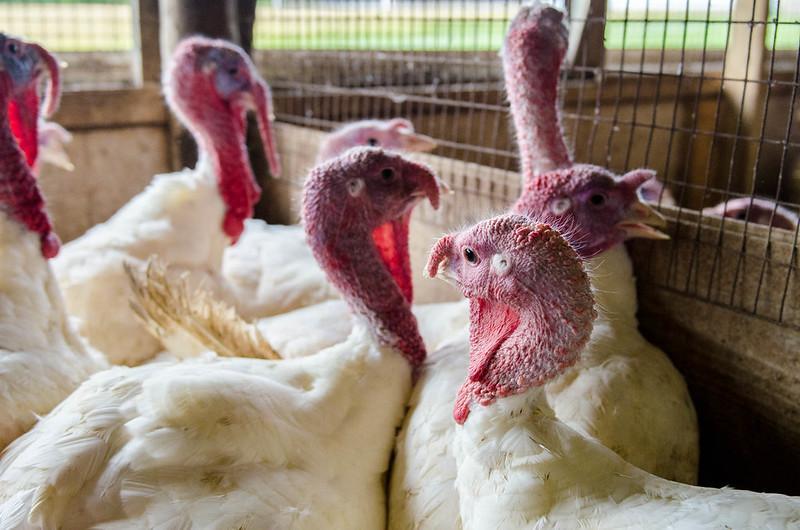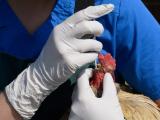Agriculture officials in two states have reported more H5N1 avian flu outbreaks in poultry, both involving commercial turkey farms, a sector that has been hit hard by the virus in recent years.
Meanwhile, Canadian officials recently released new genetic information about the virus that struck an ostrich farm in British Columbia that has been at the center of a firestorm over culling as a control measure.
US poultry losses in last month total 3.75 million birds
The outbreaks in US poultry are part of an uptick in activity since late August, and over the past 30 days, the virus has been implicated in outbreaks on 17 commercial farms, mostly in the upper Midwest and involving turkeys, according to data from the US Department of Agriculture (USDA) Animal and Plant Health Inspection Service (APHIS).
The latest outbreaks in commercial poultry include a turkey farm in Minnesota’s Le Sueur County housing 33,000 birds. Outbreaks also struck a large layer farm in Wisconsin housing more than 3 million birds and affected six backyard flocks across multiple states.
Over the last month, the outbreaks have led to the loss of 3.75 million birds, APHIS said in its latest update.
In a related development, the Utah Department of Agriculture and Food (UDAF) announced the confirmation of the virus at a commercial turkey farm in Sanpete County.
Kelly Pehrson, DVM, Utah’s state veterinarian, said in a statement that the UDAF and its federal partners are conducting additional surveillance and testing in areas around the affected flock.
“Commercial turkey facilities in the northern U.S. and here in Utah have been the most impacted by HPAI [highly pathogenic avian influenza] this falI," she said. "With migratory bird season just beginning, we may see a greater impact as the season progresses. It is imperative that poultry producers practice strong biosecurity.”
Canadian ostriches had D1.3 genotype
The Canadian Food Inspection Agency (CFIA) on September 26 provided an update on plans to cull ostriches at a farm in British Columbia, which has triggered a 9-month–long battle after farm owners and their supporters blocked the action, which was also tied up in court.
The outbreak was reported in December 2024, and the CFIA emphasized that its “stamping out” approach is in line with international standards and that allowing a domestic flock known to be exposed to highly pathogenic avian flu poses a persistent risk of reassortment and mutation, posing a risk to wildlife, livestock, and humans.
Officials said the current virus in the ostriches is a novel reassortment that hasn’t been seen in Canada before. “This assortment includes the D1.3 genotype, which has been associated with a human infection in a poultry worker in Ohio.”
The poultry worker was sick in February and was hospitalized with both nonrespiratory and respiratory symptoms when Ohio was battling widespread outbreaks on layer farms.

















